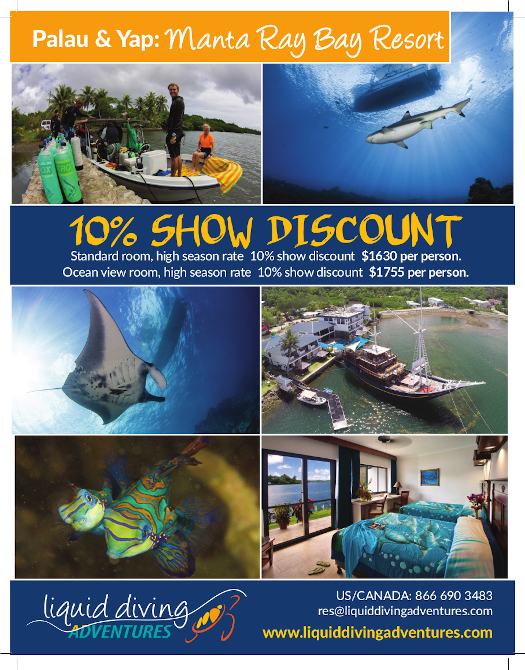Eastern Airlines to Cabo San Lucas Promo
$199 Per Person Round Trip
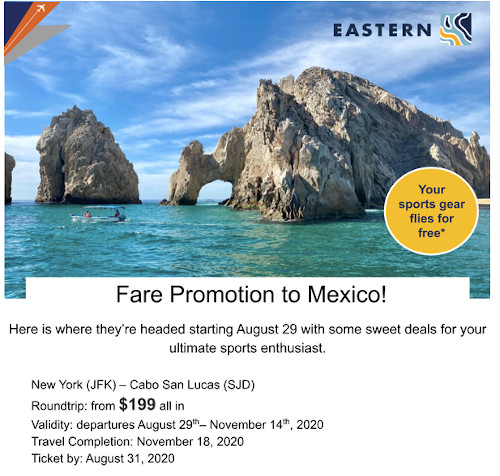
The Maldives is Now Open to International Travelers
Scubaspa Ying Liveaboard
Get Our 10% Discount
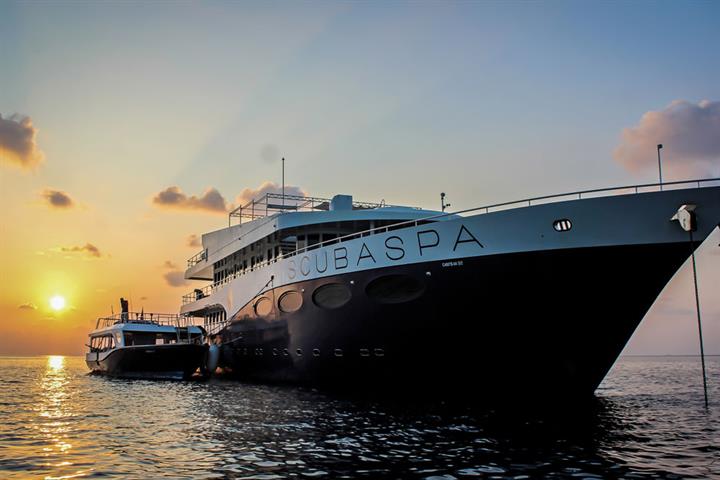
The Scubaspa ships are as much a floating resort as they are dedicated scuba diving liveaboard ships. The unique concept combines exceptional spa experiences with unforgettable scuba diving. The Scubaspa has been designed for divers who travel with non-diving partners, and guests with a desire for an exceptional spa experience. Scubaspa’s purpose-built yachts explore the picture-perfect islands and divers explore the reefs in the crystal-clear waters of the Indian Ocean.
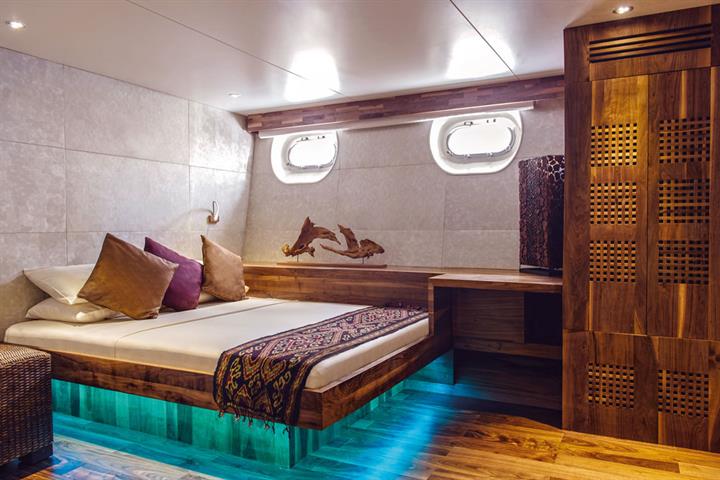
The liveaboard diving yachts Scubaspa Ying and Scubaspa Yang have been designed to accommodate up to 40 guests. The ships feature 10 cabins and nine suites on each yacht, and are tastefully decorated, all with panoramic sea view or port lights. The cabins are configured with queen, king or twin bed combinations. One suite and one cabin sleep up to three people. All cabins have air conditioning, en suite bathrooms with shower, personal safe, and mini-fridge.
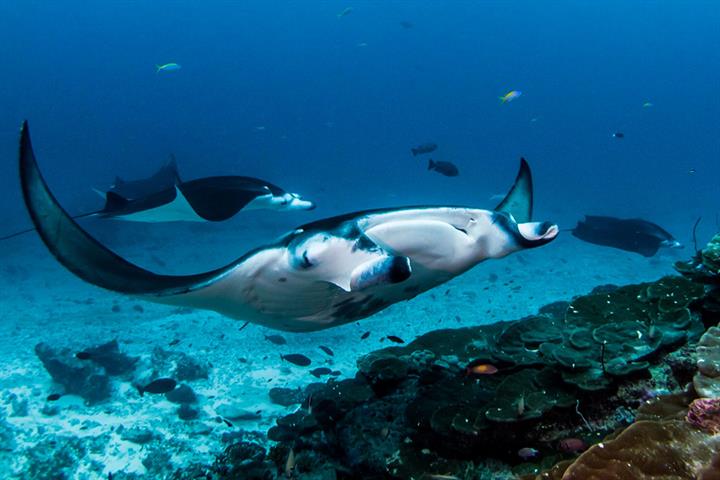
Diving takes place from a tender. Approximately 20 meters in length, the dive boat carries all the equipment, including air compressors and state-of-the-art nitrox; purpose-built for comfort, each has adequate seating, multiple entry points, stern platform, and on-board toilet facilities. Both yachts are the only vessels in the Maldives awarded PADI 5 Star Dive Resort status. Nitrox is available but Scubaspa does not support technical diving or rebreathers.
Contact us today to book an amazing dive and spa retreat holiday to the Maldives and get our 10% DISCOUNT.
Smooth Handfish Extinction Marks a Sad Milestone
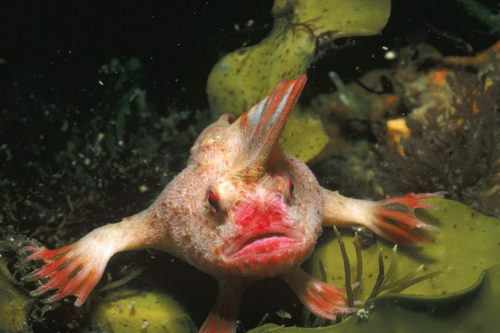
For centuries humans believed the ocean was so vast that it was impossible to do it measurable harm. But we now know human activities can destroy critical marine habitats, dangerously pollute seawater and make sea environments more acidic. Overharvesting has disrupted food chains and directly pushed many ocean species into the critically endangered category—and has driven some animals, including Steller's sea cow, into total extinction. This past March the smooth handfish officially became the first modern-day marine fish to be declared extinct.
Handfish are a family of 14 unusual bottom-dwelling species related to deep-sea anglerfish. Unlike most other fishes, they do not have a larval phase and do not move around very much as adults; these traits make them sensitive to environmental changes, according to Graham Edgar, a marine ecologist at the University of Tasmania. “They spend most of their time sitting on the seabed, with an occasional flap for a few meters if they're disturbed,” Edgar says. “As they lack a larval stage, they are unable to disperse to new locations—and consequently, handfish populations are very localized and vulnerable to threats.” In 1996, he adds, another species called the spotted handfish was the first marine fish listed as critically endangered on the International Union for Conservation of Nature (IUCN) Red List.
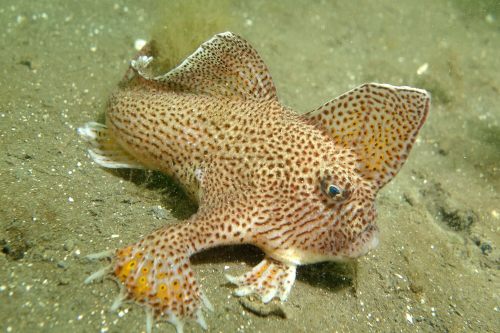
The smooth handfish was once common enough to be one of the first fish species described by European explorers in Australia. Now none has been reported in well over a century, despite frequent scientific sampling in its known range (including by Edgar and his colleagues). Red List guidelines officially define “extinct” as meaning “there is no reasonable doubt that the last individual has died.” Edgar and the members of Australia's National Handfish Recovery Team were forced to that conclusion earlier this year, and the Red List placed it in the extinct category. Scientists are unsure exactly what finished off the species, but others in the region are threatened by trawl fishing, pollution and climate change.
Article courtesy of Scientific American ( scientificamerican.com )
5th Annual St Lucia Dive Fest
September 5-12, 2020
Anse Chastanet Resort, St Lucia
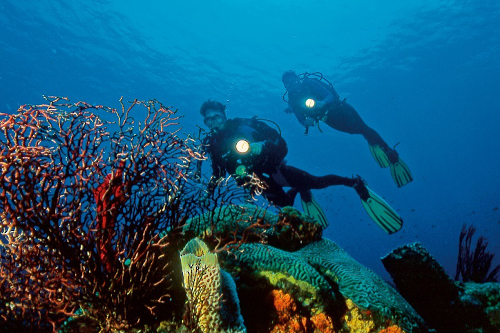
Anse Chastanet Resort and their scuba operation Scuba St. Lucia have created a week of special activities in celebration of Saint Lucia’s 5th annual Dive Fest. The dive fest at Anse Chastanet will celebrate everything about Saint Lucia’s marine life and diving, with a week full of boat and shore dives, PADI courses and photo competitions. The week’s activities include a lionfish hunt followed by a cooking demonstration and special dinner feast of the lionfish prepared by Anse Chastanet’s culinary team.
Guests participating in the DIVE FEST get treated to a JAZZY sunset cruise as part of the Dive Fest package. For those non-diving guests, Anse Chastanet offers an array of other activities from biking to sailing, kayaking to bird watching, chill on the beach, or try out the complimentary sunrise and sunset yoga classes. Non-divers staying at Anse Chastanet can also try a scuba beginner's course for free.

Fest package includes 7 nights run of house accommodation, airport transfers, breakfast, lunch, afternoon tea and dinner, all tax/service, welcome drink, Dive Fest special activities,12 beach or boat dives, sunrise and sunset yoga, non-motorized watersports. Marine park fee not included.
Published rates - we are offering a $200 discount off these rates...!
Diver: $2,719 USD per person double occupancy
Non-Diver: $2,329 USD per person double occupancy
We also have discounted rates for triple occupancy. Please request.
Bilikiki Liveaboard
Solomon Islands Adventure
NEW DATES September 17-27, 2024 NEW DATES
* * Only 8 Berths Available * *
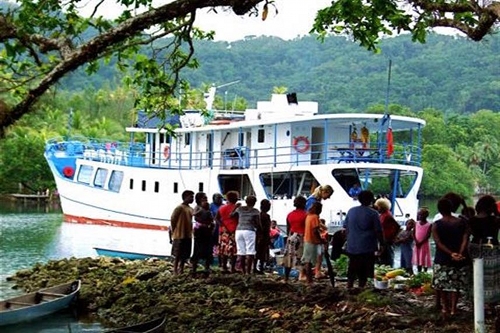
The Bilikiki has 10 deluxe cabins, eight with a double bed and single bunk and two with twin single beds and no bunk. All cabins are air-conditioned and have their own ensuite bathroom. The ship has a large sundeck, comfortable lounge, camera area, and spacious dive deck. Her large size and a steel hull that was built for South Pacific seas are two main reasons why you will find this ship one of the most spacious and comfortable vessels that you have experienced.
Our unique package offers 11-nights deluxe cabin accommodation on the fabulous Bilikiki liveaboard where we will visit the Russell Islands, Mary Island, and the Florida Islands to dive the stunning reefs of these areas, and we also visit the Marovo Lagoon area of the Western Province. On this unique adventure, we will stop at villages to experience native singing and dancing and get a taste of the traditional customs and life. We will also see the famous wood carvings of the area, and have an opportunity to buy hand-made carvings and other traditionally made items.
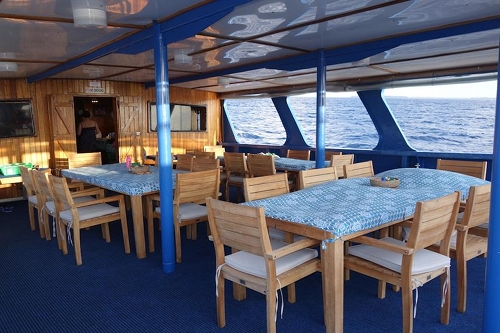

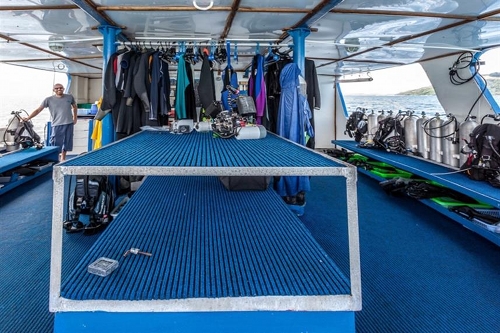
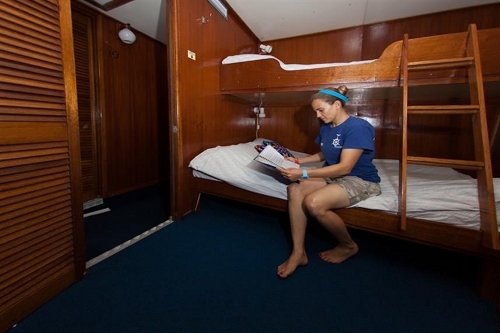
This adventure includes deluxe cabin accommodation, 3 meals a day (plus snacks, water, coffee, espresso, tea), nitrox for certified divers, and unlimited diving with the dive day built around five daily dives.
Cost: $6,930 per person double occupancy includes standard package, nitrox, and taxes. Ask for our agent special offer...!
Long Beach Scuba Show - Palau Dive Adventures
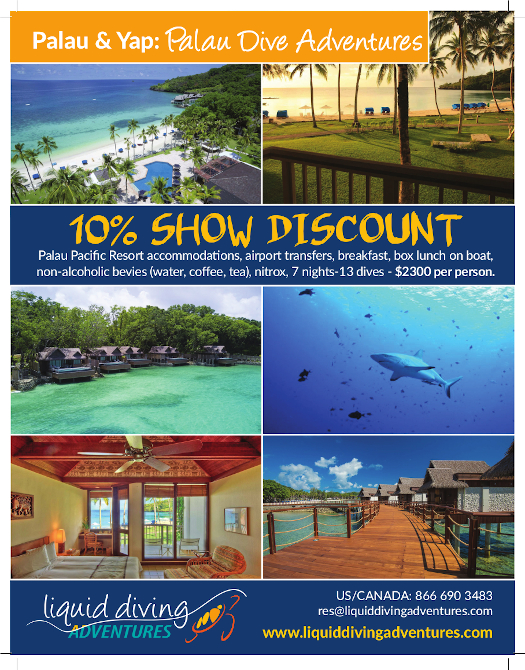
Long Beach Scuba Show - Damai I Liveaboard

Long Beach Scuba Show - Sorido Bay Indonesia
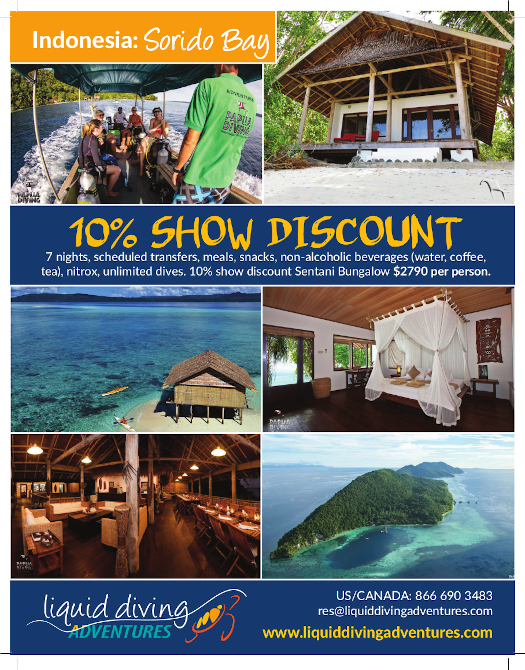
Long Beach Scuba Show - Manta Ray Bay Resort
